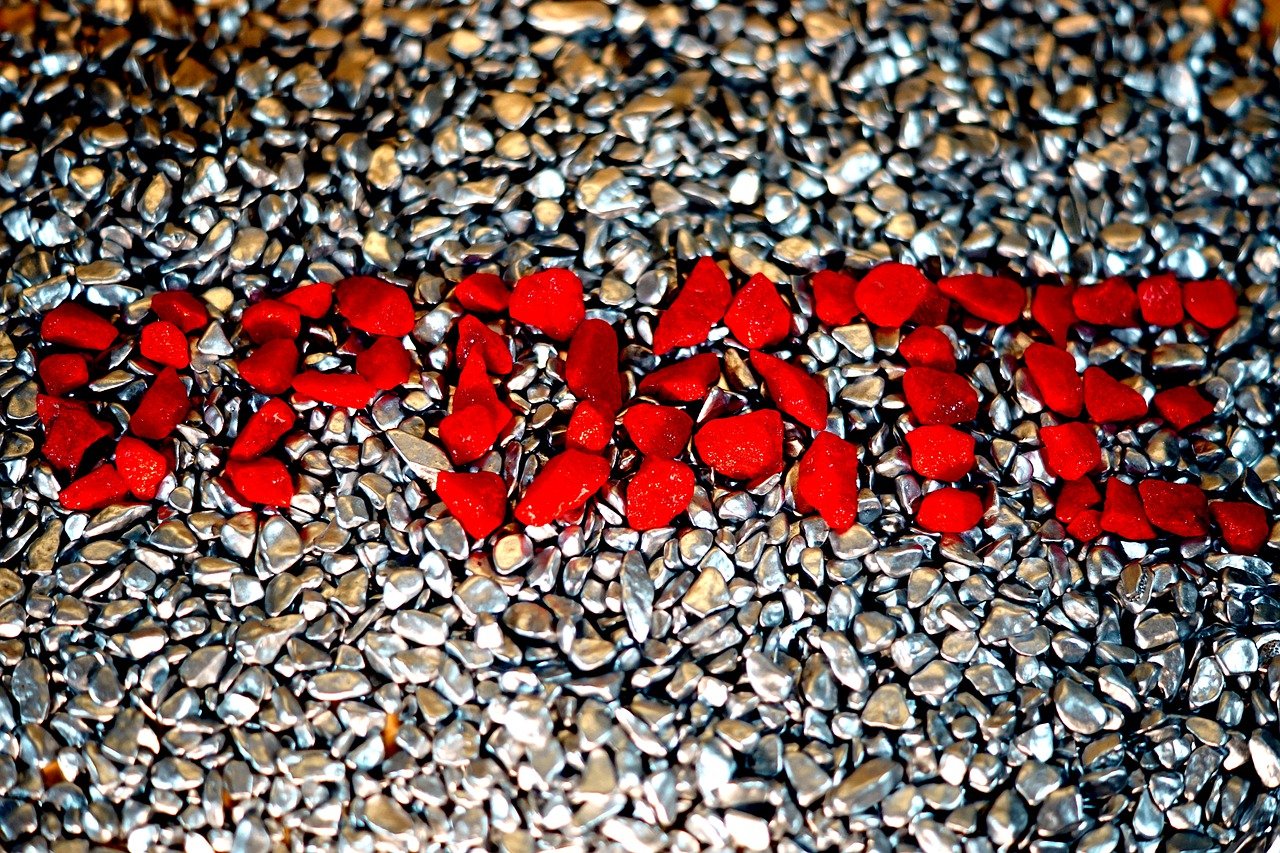While Germany did not say yes to sending Leopard tanks this week, it didn’t say no, either — at least not yet. But Ukraine has a very narrow window of time in which to launch a potentially decisive spring offensive before the Russians do, and the tanks are a key part of that effort.
Before that launch, Ukraine has to muster thousands of combat-ready troops, receive new advanced weapons from the West, and train their soldiers in how to use and maintain those arms. Getting all that done would be, according to General Milley, “a very, very heavy lift.”
That’s why Germany’s delay on approving tanks was so frustrating to Mr. Austin and other top Western officials who had been trying all week to reach an agreement with their German counterparts to provide what Ukraine needs now to wrest back territory.
“If we stop now or limit or diminish it, it will all have been in vain,” Wopke Hoekstra, the Dutch foreign affairs minister, said in an interview. “We have to double down. There is no substitute for victory on the battlefield.”
Speaking about the current German position, a British official said that London’s commitment to send Challenger tanks was intended to encourage other nations to do likewise, and that the British government still hoped it would.
At a news conference after Friday’s meeting, Mr. Austin sought to play down the importance of the Leopard tanks and highlight what Germany has provided — fighting vehicles, air defenses and training ranges for Ukrainian soldiers — no doubt hoping Berlin eventually would come around on Ukraine’s main request.
“This isn’t really about one single platform,” Mr. Austin said, quickly pivoting to note that Ukraine was still getting more than 100 Bradley fighting vehicles and nearly 90 Stryker combat vehicles from the United States, the equivalent of “two brigades of combat power.”
Still, Mr. Austin signaled the calendar is not on Ukraine’s side. “We have a window of opportunity here, between now and the spring,” he said. “That’s not a long time.”

